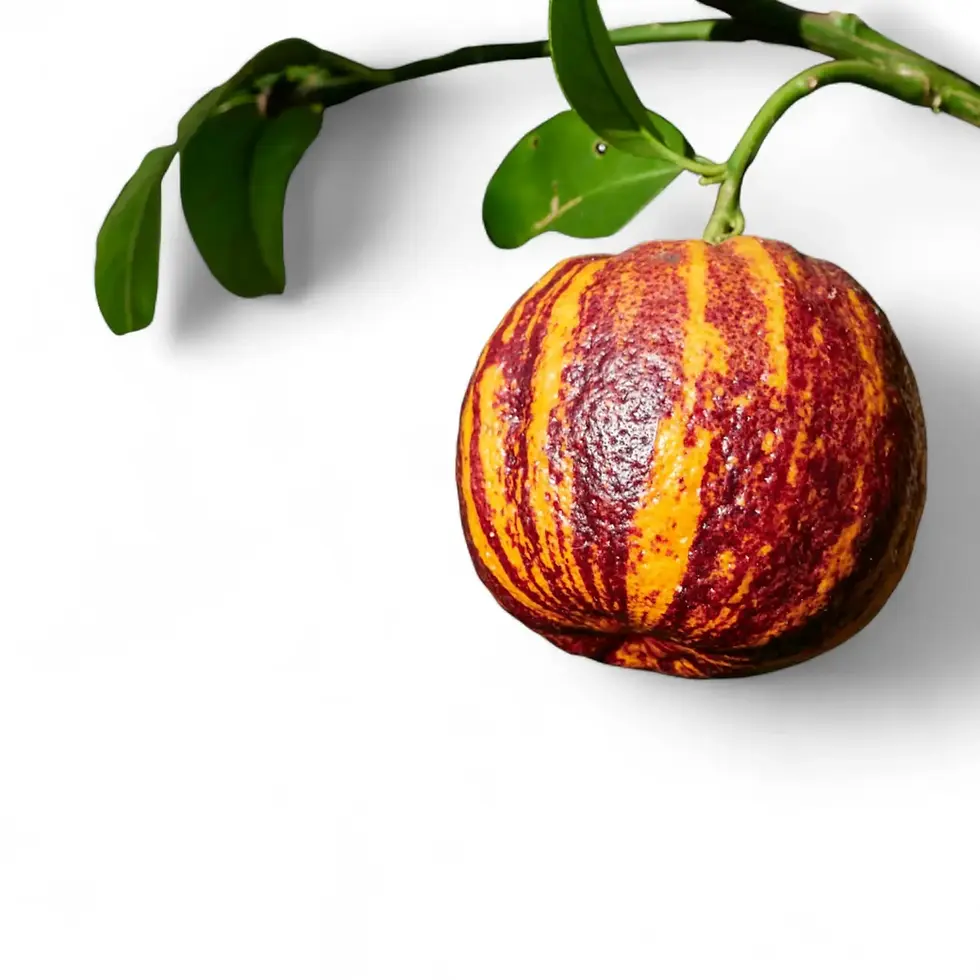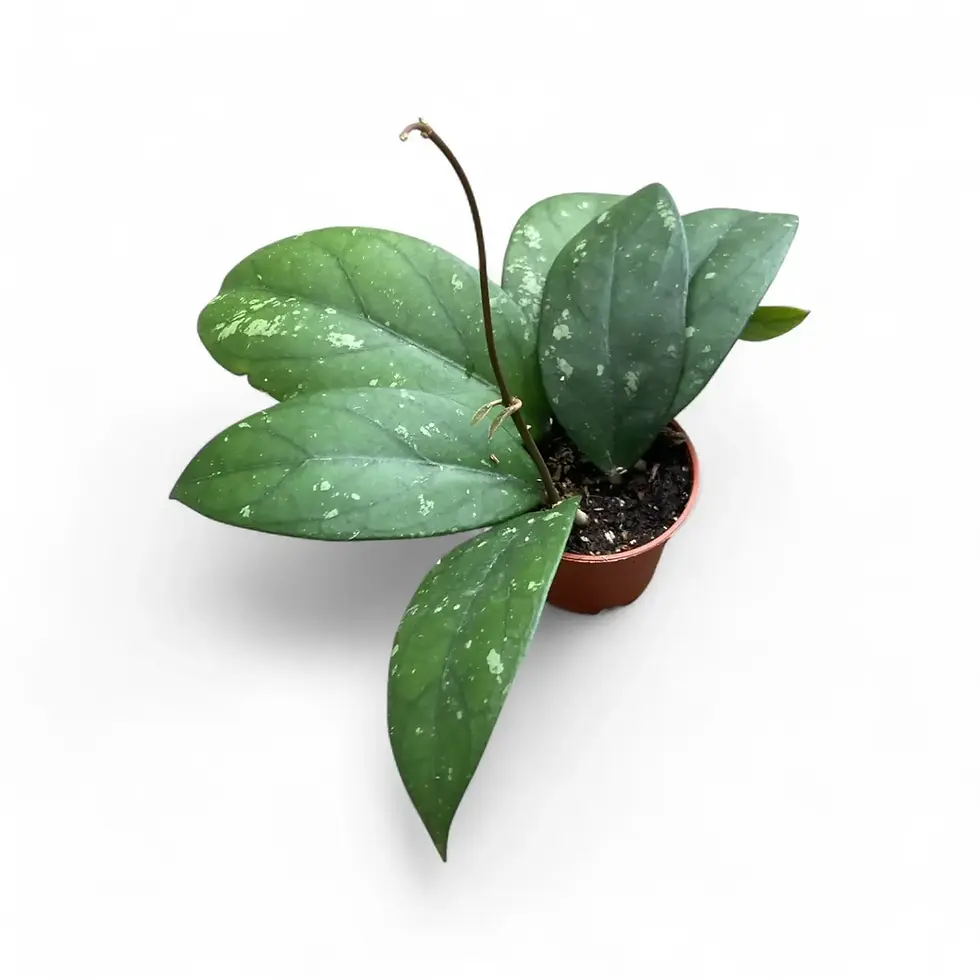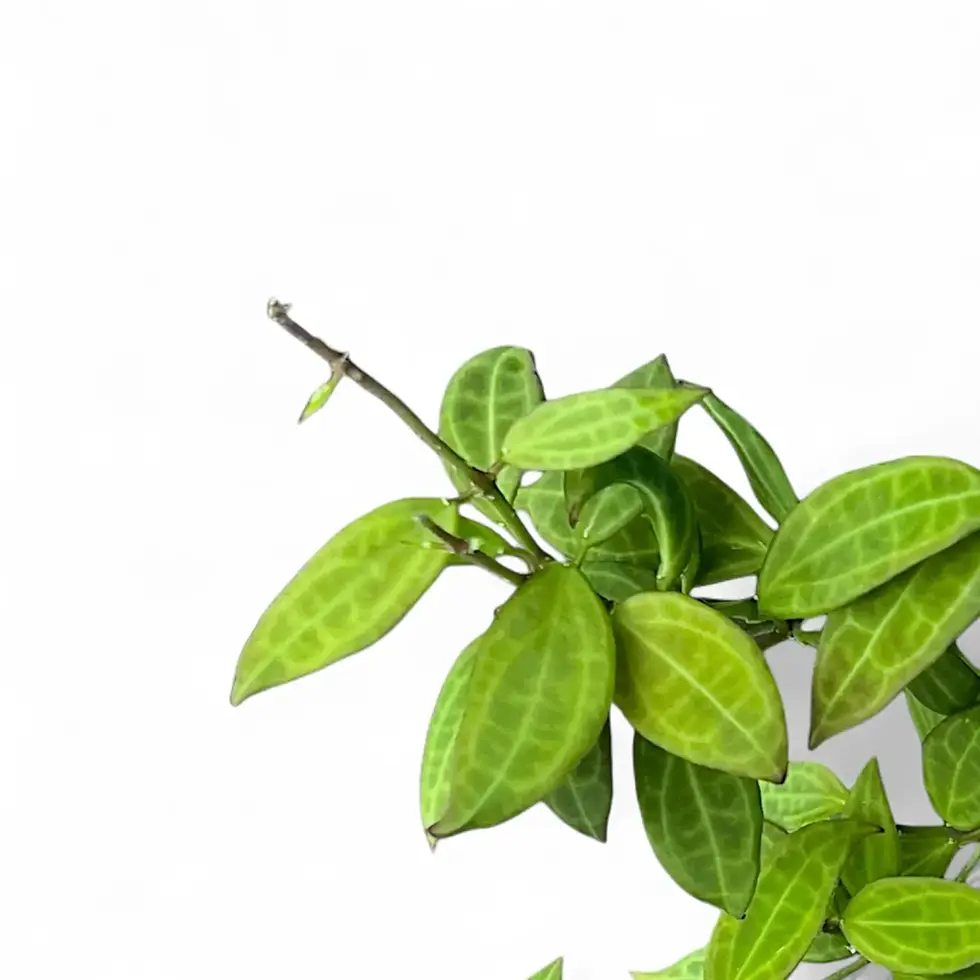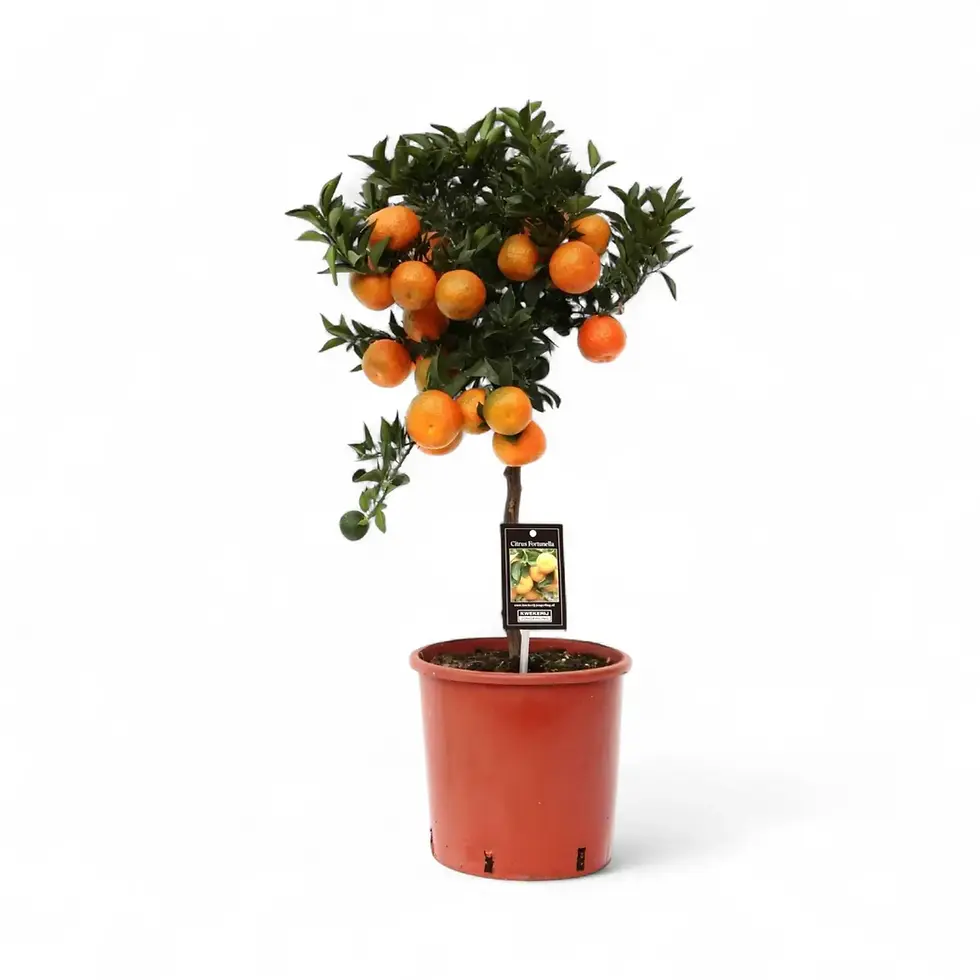Hoya globulifera – Compact Climber with Vanilla-Scented Blooms
Hoya globulifera is a rare beauty for plant lovers who value fragrance and subtle charm. Native to Papua New Guinea, the Moluccas, and the Philippines, this twining epiphyte combines compact glossy leaves with clusters of deep violet flowers and a soft vanilla scent. Perfect for trailing or climbing setups in bright indoor spaces.
What Makes Hoya globulifera Unique
This compact species forms slender climbing stems and small, smooth, elliptic leaves, around 1 – 2.5cm long and 1 – 1.5cm wide. Its rounded umbels carry up to 20 dark violet flowers, each about 1.5cm wide, with tiny internal hairs and a gentle vanilla aroma. Flowers often appear under steady warmth and light.
Natural Habitat and Growth Pattern
In the wild, Hoya globulifera grows epiphytically in tropical rainforests of Papua New Guinea, eastern Indonesia, and the Philippines. It climbs tree trunks in humid lowlands, where light is filtered and the air stays warm and moist — ideal conditions to recreate indoors.
How to Keep Hoya globulifera Thriving
- Light: Bright indirect light supports healthy growth and flowering. Keep out of strong direct sun to prevent leaf burn.
- Water: Let the upper soil layer dry slightly between waterings. Water less only if temperature and light drop.
- Humidity: Aim for 60 – 80%. Use a humidifier or place near other plants to keep levels steady.
- Temperature: Prefers 18 – 26 °C. Avoid exposure to cold drafts or direct heat sources.
- Substrate: Choose an airy epiphytic mix (orchid bark, perlite, coco coir) to keep roots healthy and oxygenated.
- Feeding: Use a diluted liquid fertilizer every 4 – 6 weeks. Pause only if growth significantly slows due to low light.
Common Issues and What They Mean
- Yellowing leaves: Often from overwatering or poor drainage. Let roots breathe and reduce watering frequency.
- Drooping growth: Check soil moisture and humidity — both underwatering and dry air can cause limp foliage.
- Pests: Mealybugs or spider mites may appear on soft growth. Remove manually or treat with neem oil or insecticidal soap.
Extra Tips for Hoya globulifera Care
Support stems with a trellis or let them trail naturally. This species blooms better when slightly root-bound, so don’t repot too often. Ensure gentle airflow to avoid fungal issues, especially in high humidity. Bright, filtered light is key to triggering flowering.
Pet Safety and Toxicity
Hoya globulifera is generally non-toxic to humans and pets. Still, keep it out of reach of curious animals, as its milky sap may cause mild irritation if ingested or touched.
Etymology and Botanical Background
The genus Hoya honors Thomas Hoy, an 18th-century English botanist known for cultivating tropical plants. The species name globulifera combines Latin globulus (small sphere) and ferre (to bear), referring to its rounded flower umbels.
Taxonomic Citation
Botanical name: Hoya globulifera BlumePublished in: Blume (1850), Museum Botanicum Lugduno-Batavum 1: 44
Bring Hoya globulifera Into Your Space
Looking for a compact, fragrant climber to complete your collection? Hoya globulifera is easy to care for, visually striking, and ideal for bright, humid interiors. Get yours now and enjoy its unique beauty all year round!
Hoya globulifera
Hoya globulifera comes in a ⌀ 6 cm pot and is approximately 10-15 cm tall
































